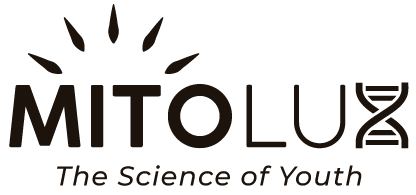When ultraviolet B (UVB) rays from the sun contact our skin, they initiate the process of vitamin D synthesis. This miraculous transformation is a cornerstone of human health. But various factors – like geographical location, skin pigmentation, age, and the use of sunscreens – can affect this natural process. [The Journal of Steroid Biochemistry and Molecular Biology]
UVB Lamps: A Leap Towards Consistent Vitamin D Production
UVB lamps, often referred to as sunlamps, have been used for therapeutic purposes for quite some time, especially for conditions like psoriasis. However, their ability to induce vitamin D production is an exciting realm of study.
1. Predictable and Controlled Exposure:
Unlike the fluctuating nature of sunlight, UVB lamps offer consistent UVB radiation. This consistency ensures reliable vitamin D synthesis, even in regions with limited sunlight or during winter months. [The Journal of Nutrition]
2. Reduced Risk of Skin Damage:
While sunlight provides a mix of UVA and UVB radiation, UVB lamps predominantly emit UVB rays, which are essential for vitamin D synthesis. This reduced UVA exposure diminishes the risk of skin aging and potential cellular damage. [Photochemistry and Photobiology]
LED Narrowband Lamps: The Next Chapter in Vitamin D Synthesis
LED narrowband lamps are the latest entrants in the technological landscape of vitamin D production. They promise to further refine the process initiated by UVB lamps.
1. Precision and Efficiency:
These lamps emit a narrow bandwidth of UVB light, targeting the most effective wavelength for vitamin D production. This precision ensures maximum vitamin D synthesis with minimal exposure, thus reducing potential side effects. [The Journal of Investigative Dermatology]
2. Enhanced Safety Profile:
LED narrowband lamps have the advantage of minimal heat emission, reducing the risk of burns and enhancing comfort during exposure. [Photodermatology, Photoimmunology & Photomedicine]
3. Greater Durability and Energy Efficiency:
LEDs are known for their longevity and energy efficiency. This makes LED narrowband lamps a sustainable and cost-effective solution for vitamin D synthesis in the long run. [Energy Efficiency]
Balancing Benefits with Precautions
While the advent of UVB lamps and LED narrowband technology is revolutionary, it's essential to approach their use judiciously. Overexposure to UVB radiation, even in a controlled environment, can lead to skin burns and increase the risk of skin cancer. Always consult with a healthcare professional before starting any UVB-based therapy or regimen. [Journal of Photochemistry and Photobiology B: Biology]
Conclusion: Illuminating the Path to Health with Technology
In our eternal quest for health and well-being, technology often emerges as a beacon of hope. UVB lamps and LED narrowband lamps exemplify this symbiotic relationship between human ingenuity and health.
While the golden rays of the sun will always have a special place in our hearts and health, it's reassuring to know that technology can step in, ensuring that the gift of vitamin D remains accessible to all. As you navigate the myriad ways to boost your health, remember that a fusion of nature and technology might just be the key to unlocking optimal well-being. Embrace the future, bask in the light, and let your health shine brighter than ever.


